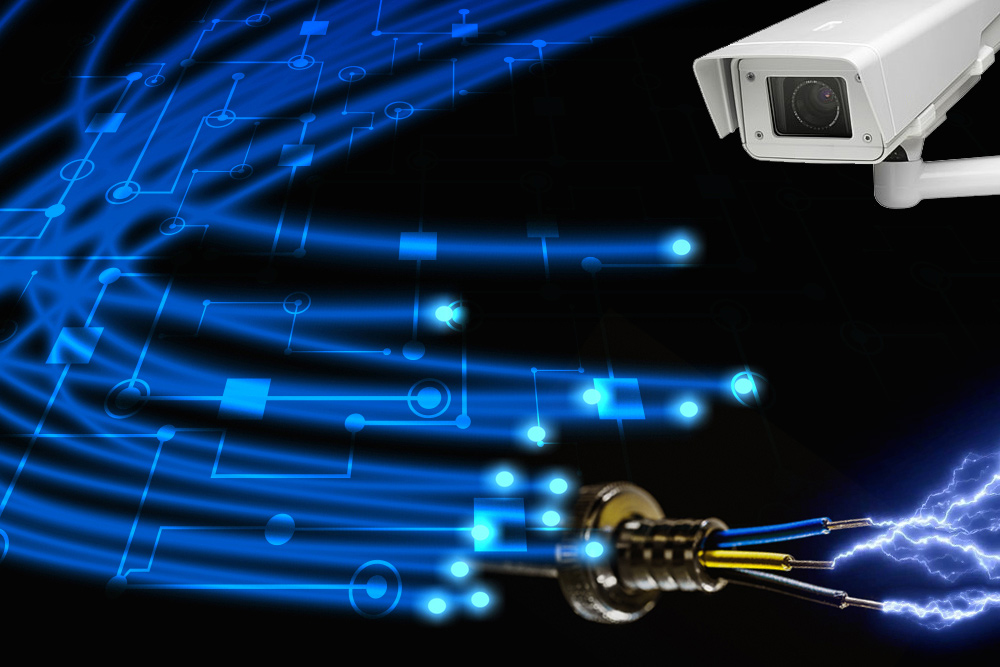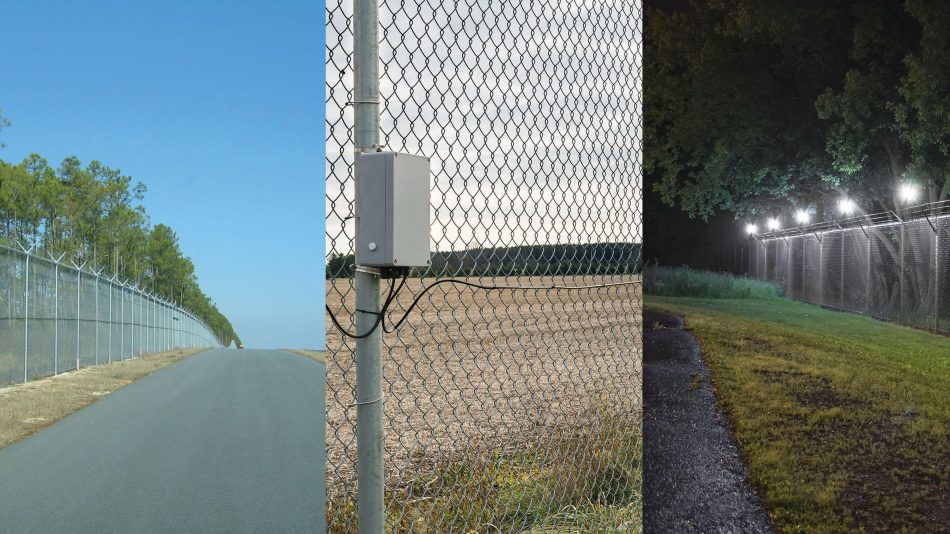Boost Your Security With Advanced Fiber Optic Protection Solutions
In an era where security is critical, sophisticated fiber optic protection systems offer an engaging remedy for boosting safety and security throughout numerous atmospheres. What effects do these innovations hold for future protection actions?
Advantages of Fiber Optic Safety
Taking advantage of the advantages of fiber optic technology dramatically boosts safety systems throughout different applications. One of the key advantages is the boosted bandwidth capability, enabling the transmission of large quantities of information at broadband. This is especially important for real-time video clip monitoring, where high-resolution feeds can be sent without latency, ensuring prompt action capabilities.
Additionally, optical fiber display remarkable resistance to electromagnetic disturbance, which is crucial in environments with possible signal interruptions. This dependability ensures consistent performance in crucial security procedures. Additionally, fiber optic cables are much less prone to tapping and unapproved access compared to typical copper circuitry, thereby boosting data integrity and discretion.
An additional noteworthy benefit is the resilience of fiber optic systems; they are extra resistant to environmental factors such as wetness, temperature level fluctuations, and destructive materials. This resilience equates to decrease maintenance prices and longer lifespans for protection installations.
Finally, the light-weight nature of fiber optic cables assists in less complicated setup and transmitting, particularly in intricate frameworks (fiber optic security system). Ultimately, the combination of fiber optic technology into safety systems not just bolsters protection steps however additionally optimizes functional effectiveness
Trick Attributes to Consider
When assessing fiber optic safety systems, numerous key features should be considered to guarantee ideal performance and effectiveness. First, analyze the system's discovery variety and level of sensitivity; a comprehensive range allows for keeping track of large areas, while high level of sensitivity ensures that even small disruptions are detected promptly.
Next, consider the combination capabilities of the system. A fiber optic safety system must seamlessly user interface with existing safety steps such as cameras and alarm systems, producing a natural security network.
Resilience and ecological resistance are likewise crucial attributes. Make sure that the system is designed to hold up against severe weather and possible physical risks, as this will certainly prolong its functional lifespan.

Last but not least, consider the scalability of the system. A robust fiber optic protection system must be quickly expandable to suit future needs without substantial overhauls. By very carefully considering these attributes, you can choose a fiber optic security remedy that enhances safety and security and safety and security in your setting.
Setup Refine Introduction
To successfully implement a fiber optic safety system, a methodical installment process is important. This procedure starts with a detailed website assessment to figure out the specific safety needs and to determine ideal locations for fiber optic cable televisions and protection devices. Following this evaluation, the installment team will establish a comprehensive strategy, consisting of cable pathways, required devices, and compliance with local guidelines.
Following, the installation includes laying the fiber optic cords, guaranteeing they are protected from environmental aspects and physical damages. Proper handling methods are critical, as fiber optic cable televisions you could check here are sensitive and can be easily harmed. After the cabling is mounted, ports and terminations are carefully completed to guarantee signal integrity.
The succeeding stage contains setting up safety and security devices such as cameras, motion detectors, and security system, all incorporated with the fiber optic network. Extensive testing is performed to confirm that all components are operating properly and to make sure ideal performance.

Contrasting Fiber Optic to Standard Solutions
The advancement of protection innovation has resulted in significant advancements in the contrast in between fiber optic systems and conventional copper-based systems. Fiber optic systems make use of light to transfer information, supplying superior bandwidth and rate compared to their copper counterparts. This results in boosted data transmission capacities, making optical fiber optimal for high-resolution video security and real-time tracking.
Additionally, fiber optic cable televisions are resistant to electro-magnetic interference, reducing the probability of signal degradation brought on by exterior elements. This particular makes certain constant efficiency, even in tough atmospheres. On the other hand, standard copper systems are more at risk to interference, leading to prospective susceptabilities in safety applications.
Sturdiness is an additional advantage of fiber optic systems. They are much less prone to harm from ecological factors such as wetness and temperature level fluctuations, which can endanger copper wiring. Moreover, optical fiber are lighter and thinner, permitting less complicated installation and minimized physical impact.
However, standard systems often tend to have reduced first costs, making them attractive for budget-conscious jobs. While fiber optic systems might require a higher ahead of time financial investment, their long-term benefits-- such as you can check here lower upkeep prices and better dependability-- commonly outweigh the initial cost, positioning them as a remarkable selection for modern safety and security needs.
Future Trends in Safety And Security Innovation
Arising fads in protection technology are poised to transform the landscape of surveillance and risk detection - fiber optic security system. As organizations progressively deal with innovative dangers, technologies such as man-made knowledge (AI) and site web maker understanding (ML) are coming to be indispensable to protection systems. These modern technologies boost the capacity of fiber optic systems by allowing real-time information evaluation, determining abnormalities, and automating actions to prospective breaches
Furthermore, the integration of the Web of Things (IoT) is revolutionizing security structures. IoT tools can supply extensive situational awareness and facilitate seamless communication in between different security parts. This interconnectedness permits for a lot more effective monitoring and faster case feedback times.
Biometric verification is likewise acquiring energy, supplying a higher degree of security with special physical features. As this innovation evolves, it is most likely to be incorporated right into fiber optic systems for improved accessibility control.
Final Thought
In final thought, progressed fiber optic safety and security systems represent a substantial advancement in security and monitoring modern technology. The change from traditional systems to fiber optic services mirrors a growing trend towards a lot more reliable and effective safety and security steps in a progressively intricate technological landscape.